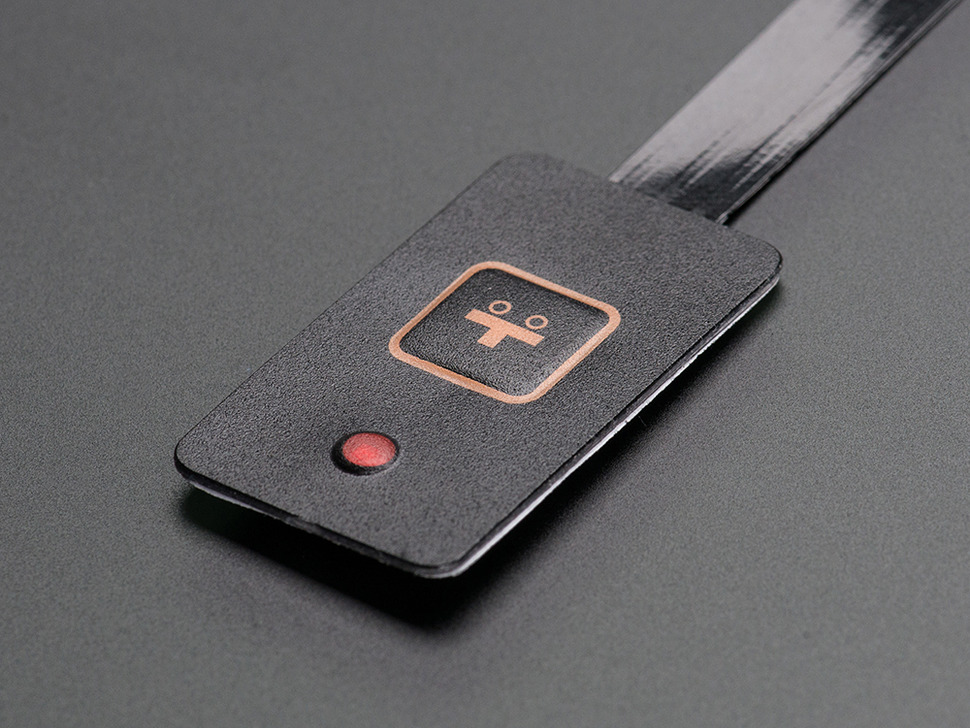Understanding Membrane Layer Changes: The Trick to Durable and Reputable Controls

What Are Membrane Layer Switches?
Membrane layer switches are an innovative remedy in the world of interface modern technology, integrating capability and layout effortlessly. These gadgets act as an interface between users and digital systems, integrating several components into a portable layout. Generally created from adaptable, slim layers of products, membrane buttons are made to react to touch, enabling users to engage with machinery and digital gadgets effectively.
The key components of a membrane layer button consist of a published circuit layer, visuals overlay, and a spacer layer that protects against unintentional activation. The visuals overlay can be tailored to reflect brand name identification or customer preferences, boosting appearances while making certain usability. Membrane switches are commonly used in different applications, including clinical devices, consumer electronic devices, and industrial tools, owing to their durability and resistance to ecological variables such as moisture and dust.
One of the vital advantages of membrane buttons is their ability to hold up against wear and tear, making them optimal for high-traffic environments. Additionally, they are lightweight and require minimal room, enabling innovative styles in item advancement. On the whole, membrane layer changes represent a efficient and practical choice for contemporary electronic interfaces, weding modern technology with user-centric design concepts.
How Membrane Layer Switches Job
The operation of membrane layer switches joints on a straightforward yet effective system that converts user input right into digital signals. When an individual presses the switch, the leading layer flaws, permitting a conductive element in the circuit layer to make call with a corresponding conductive pad on the underside of the graphic overlay.
The design of membrane layer switches can vary, yet they often incorporate domes or responsive elements to supply feedback to the user, boosting the general experience - membrane switch. The products utilized in membrane layer switches, such as polyester or polycarbonate, add to their durability and resistance to environmental aspects, consisting of dampness and dirt. Moreover, the published circuits are usually enveloped, which safeguards them from damage gradually.
Advantages of Membrane Switches

Additionally, membrane layer buttons are understood for their toughness. Built from durable materials, they are immune to dust, moisture, and physical wear, which substantially extends their life expectancy contrasted to traditional mechanical hop over to here buttons. This resilience makes them particularly suitable for high-traffic atmospheres and applications requiring long life.
One more considerable advantage is the ease of cleaning and maintenance. The smooth surface of membrane layer changes lessens dirt build-up and is frequently invulnerable to spills, making them optimal for settings that need frequent sanitization.
Furthermore, membrane switches supply a streamlined profile, resulting in a thinner design that can be integrated into different devices without adding bulk. This function not just improves the visual charm but also adds to a much more ergonomic product design.
Applications of Membrane Layer Switches
Flexible and user-friendly, membrane switches locate applications throughout a large range of industries, including medical tools, consumer electronic devices, and industrial equipment. In the clinical field, these buttons are integral to devices such as diagnostic devices, person tracking systems, and infusion pumps, where integrity and simplicity of cleaning are critical. Their capacity to withstand harsh settings and preserve functionality makes them optimal for such applications.

In customer electronic devices, membrane layer buttons are made use of in items like microwaves, cleaning machines, and remotes - membrane switch. Their streamlined style permits instinctive user interfaces, improving the total user experience while giving toughness and resistance to deterioration
Commercial devices also gains from membrane switches, especially in control panels for equipment and automation systems. These buttons supply security versus dust and wetness, making sure regular efficiency in challenging environments. Their customizable attributes enable manufacturers to customize them to specific operational requirements, enhancing performance and performance.
Choosing the Right Membrane Layer Change
When choosing a membrane layer switch, it is vital to think about various aspects that influence performance and viability for specific applications. The key factors to consider include ecological problems, responsive responses, resilience, and design specs.
First, analyze the operating atmosphere; switches subjected to moisture, chemicals, or severe temperature levels need specific products to make sure longevity and functionality. Next off, evaluate the demand for tactile feedback. Depending upon individual interaction, some applications may profit from a responsive action to verify activation, while others might like a non-tactile layout for visual reasons.
Resilience is another crucial element; membrane layer buttons should be made to hold up against frequent use, influences, and abrasion. Make certain the chosen switch can sustain the expected lifecycle, specifically in high-usage scenarios.

Final Thought
In final thought, membrane changes offer as crucial elements in the style of reliable and long lasting control systems across various industries. Their portable layout, incorporated with robust see this site building and construction and adjustable features, try this site improves individual interaction while guaranteeing durability popular settings. The flexibility of membrane changes enables tailored options that fulfill certain functional demands, strengthening their importance in contemporary innovation. As industries continue to advance, the relevance of integrating reliable membrane switch options can not be overstated.
Membrane layer switches stand for a crucial element of contemporary interface layout, blending capability with durability in various applications.Membrane layer switches are an innovative remedy in the realm of individual interface modern technology, combining functionality and layout seamlessly. Typically built from adaptable, thin layers of products, membrane layer switches are developed to react to touch, allowing customers to communicate with machinery and electronic devices successfully.
The layout of membrane layer switches can vary, however they commonly incorporate domes or responsive aspects to provide comments to the customer, enhancing the general experience.In final thought, membrane switches over offer as necessary elements in the design of reputable and sturdy control systems across numerous sectors.